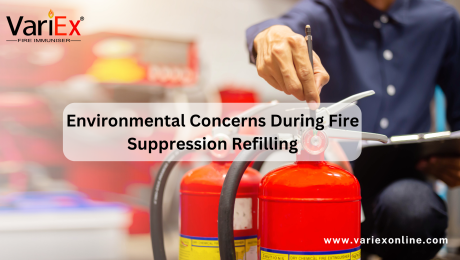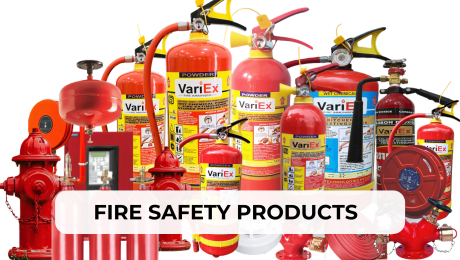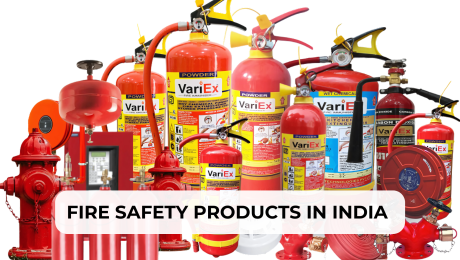Fire suppression’s refers to actively using methods and systems to extinguish or control fires, preventing their spread and minimizing damage. Various techniques and technologies exist for fire suppression’s, including employing water-based systems like fire sprinklers and fire hydrants, as well as using chemical-based systems such as fire extinguishers and foam suppression systems. Additionally, building design often incorporates passive fire suppression’s features, like integrating fire-resistant materials and compartmentation to contain fires. Factors such as the type of fire, the presence of flammable materials, and the speed of response affect the effectiveness of fire suppression’s measures. Ensuring reliability and effectiveness of fire suppression’s systems requires proper planning, maintenance, and training. By using a combination of active and passive suppression methods, buildings can enhance fire safety and minimize the potential impact of fires on lives and property.
Environmental Concerns During Fire Suppression Refilling
- Published in Fire Suppression




